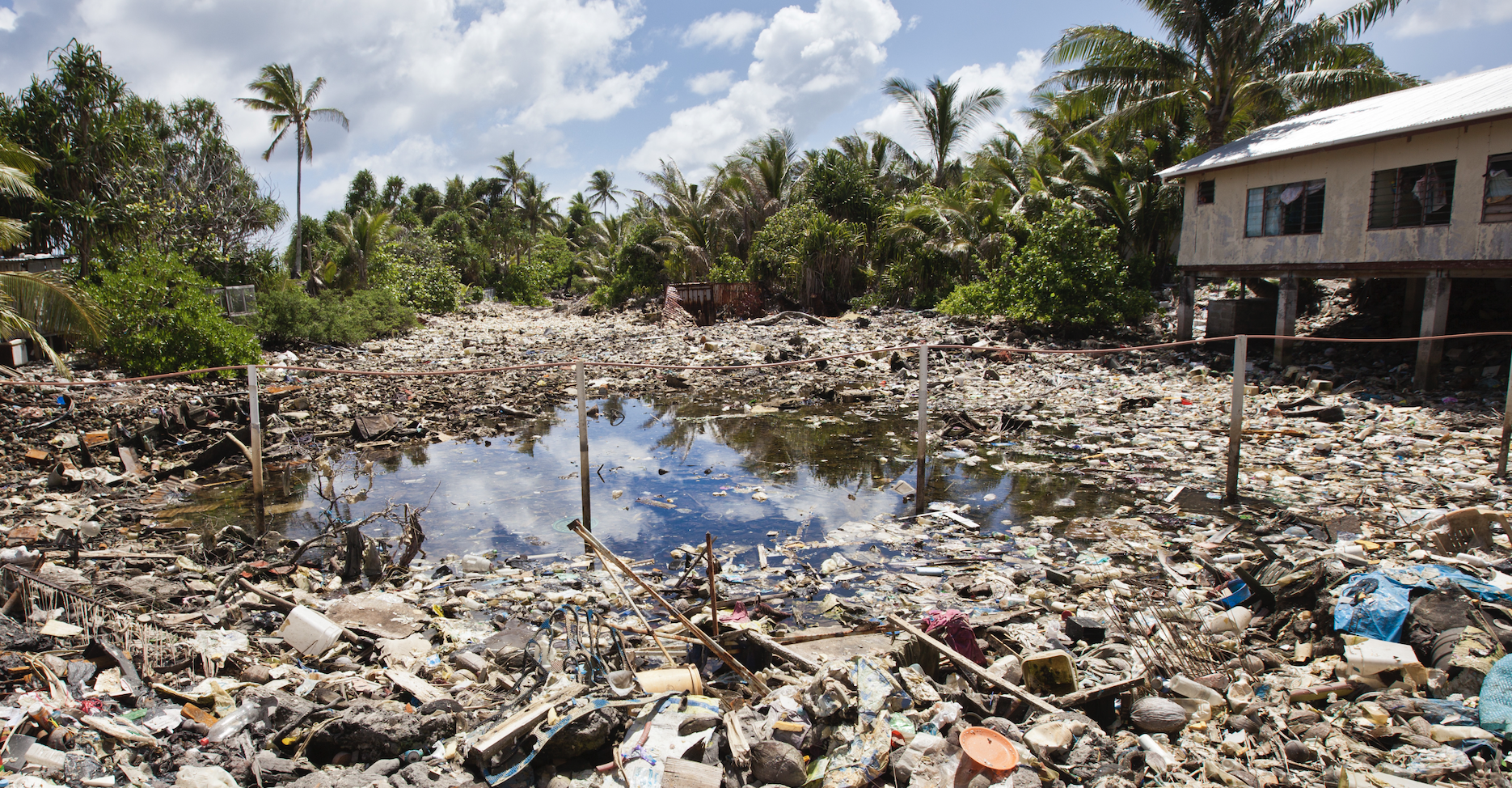
5 minute read
The necessity of action
Tebua Tarawa was overtaken by the ocean in the 1990s, along with Abanuea, another islet in Kiribati. These islands were used by fishermen, but were otherwise uninhabited by humans. Over the past 30 years, rising seas now threaten almost all populated parts of Kiribati. Most of its people live within 6 feet of the sea level. The rising waters are consistently flooding homes, destroying crops and submerging whole cultures. Forget moving a village, or even a capital, as Indonesia is doing relocating theirs from Jakarta to Borneo. Kiribati is one of the first victims of climate change – the whole republic could be submerged within decades and its entire citizenry will need somewhere to live.
Yet, the Republic of Kiribati may not be the first place to truly be swallowed by climate change. This past July, our planet saw the record for hottest day surpassed not once but three times, and Phoenix shattered its record of hottest month ever recorded. As we see droughts, floods, hurricanes and heat waves increase in amplitude and frequency, other peoples across the world will be put in unenviable positions to stay or go, to adapt or abandon. The threats to a thriving global future are visible right here and now and with growing frequency unless we make decisions to alter how we relate to our world and its systems.
In real-time, we bear witness to the dangers of being too slow to respond. Yes, people and governments have made efforts to mitigate the effects of warming temperatures and stronger storms, some even significant. Programs such as target setting through the U.N. Sustainable Development Goals and transformations of the energy system, with investments in solar, wind and hydrogen beginning to shift human society away from fossil fuel power sources are obvious leaders yet have not been fulfilled. Efforts to decarbonize industry and shift agriculture practices also need more attention. It is clear that the commitments are neither widespread nor sufficient to chart a new course for societies to live within the bounds of available resources provided by the life-supporting systems of our planet.

The Intergovernmental Panel on Climate Change’s Sixth Assessment Report released earlier this year clearly states that we will miss the ambitious target to keep global warming within 1.5°C (2.7°F) of pre-industrial temperatures. Scientists project the world might temporarily experience 1.5°C (2.7°F) warming as early as 2027. More warming will mean greater sea level rise, more extreme heat, worsening damage to agricultural systems and infrastructure, and escalating loss of species.
The IPCC report also recognized “hard and soft limits to adaptation have been reached in some ecosystems and regions.” We continue to endanger our ability to survive on this planet by straining the adaptive capacity. Some systems have physical limits to adapt. By not adapting more strategically we push our planet towards self-adaptation, putting humans in a position of threat to its survival. We have invested limited amounts of capital into the climate crisis, and now mitigation, adaptation, and loss and damage are competing for that finite pool. What do we owe the people of Kiribati, for example, who have contributed so little to the climate and environmental change that caused the sea level rise that threatens to submerge their entire homeland?
Addressing planetary pressures combined with societal constraints and injustices can appear daunting, but we cannot stop trying. We must evolve our processes and disrupt practices where necessary to accelerate societies toward actions that improve human and planetary well-being, which are inexorably linked. True revolutions typically are forged in places where people become desperate to see a new future. This summer has pushed despair, and urgency, but still without genuine direction.
At the Julie Ann Wrigley Global Futures Laboratory, we must grow our commitment to meaningful policy options to resist inaction. Our ideas and research, done in tandem with partners, inform decision making and lead to better outcomes. This has never been more evident than in the activities conducted by the Knowledge Exchange for Resilience, Sustainable Cities Network, Walton Sustainability Solutions Services, Arizona Water Innovation Initiative or the Southwest Carbon Hub, just to name a few. Relationships with local municipalities and the Arizona state government, as well as service providers such as our region’s utility companies, are testaments to the success of reaching beyond the boundaries of the university.
We are evolving the Decision Theater so that we can model a multitude of scenarios around how to address climate change and inform policymakers and industrial leaders to make not just better decisions, but the best decisions. We must think bigger and translate our work to national and international influence, such as the growing relationship between our global partnerships team and the Inter-Parliamentary Union. We must build new coalitions, as we are doing through the 2023 Global Futures Conference that convenes in New York in September. We must institutionalize these partnerships and add capacity to meet this aspiration.
We need an innovation revolution, a non-violent one, that reorients our human systems and practices back in line with Earth’s systems.
I








